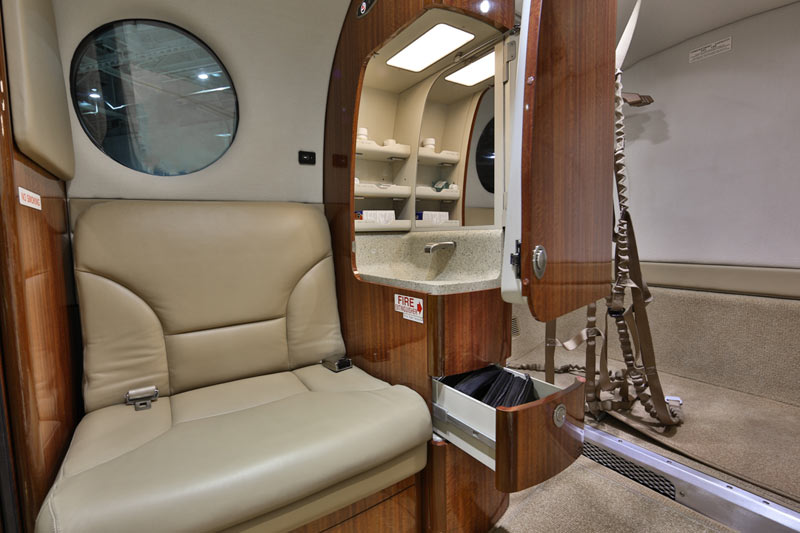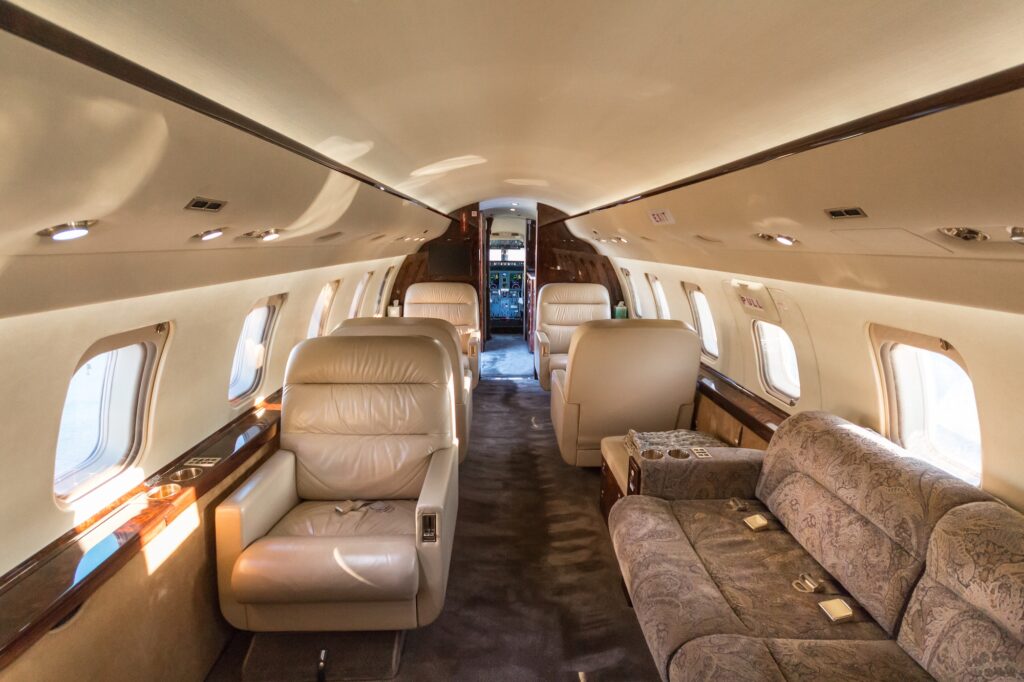This blog is Part Three of a series called “Niche Lending – Business Aviation,” written by Shelley Svoren of First Republic Bank. Part One, which breaks down the global market for business aviation financing, is available here: Part 1 Part two, which goes into detail on risks financiers must consider before jumping into business aviation, is available here: Part 2
Perfecting one’s interest in a business aircraft
Perfection of a financier’s interest in an aircraft is subject to local, country, and international laws. Aviation counsel focused on the Registry where the collateral is registered is critical, particularly as local laws can impact a financier’s enforcement of rights and remedies in default and foreclosure situations. A best practice is to obtain an opinion of Registry counsel to ensure that perfection and priority of the financier’s liens. In some circumstances, title insurance should be obtained.
Financing (via a loan) a US registered aircraft highlights these complexities, which differs with each country and their Registry:
A financier must first file a mortgage with the FAA, which identifies the OEM, model, and serial number of the aircraft and its engines, in addition to other collateral that may include insurance proceeds, lease/charter and or management agreements, logbooks and records (which are critical to determining how the aircraft was maintained since delivered from the OEM); and aircraft maintenance contracts. The mortgage should address propellers and auxiliary power units (as applicable); limitations on use (both annual hours and locations where the aircraft may be used); Loan-to-Value requirements; access to the aircraft and its logbooks and records; defaults; and rights and remedies for all parties. The aircraft mortgage (along with the ownership structure) is a public record and can be viewed to determine if a lien exists on the aircraft.
The International Registry (“IR”) electronically records “interests” (essentially ownership and liens) in certain mobile assets and is recognized by over 88 countries. Depending upon the size of the aircraft and the engines, financiers can register their financial interests in those assets with the IR after filing the aircraft mortgage with the FAA. Interests on an aircraft and its engine(s) are also publicly viewable records.
A UCC-1 should be filed to perfect the financier’s position at the state level. A UCC-1 filing on “all assets” is insufficient and should instead encompass all aircraft collateral detailed in the aircraft mortgage.
Assignments of all contracts involved in the aircraft collateral should be obtained through tri-party agreements, as this enables the financier by requiring the provider to acknowledge the financier’s rights and remedies. If the aircraft is chartered/leased, the assignment allows the financier to continue the revenue generating activity and obtain rights to the proceeds. If the aircraft is managed by an aircraft manager, the assignment enables the aircraft to be maintained and managed. If the aircraft is enrolled in aircraft maintenance program agreements for its hull, engines, auxiliary power unit, or avionics, the accrued payments will ensure maintenance under the program occurs.
This example emphasizes that the world of business aviation is complex and underscores that beyond the initial glitz, much work – by many – occurs. Financiers must educate themselves on the intricate legal, tax, and operating issues associated with the industry. Because corporate businesses and their owners require flexibility to meet their goals, opportunities continue to exist for financiers. And much like a client’s ownership of a business aircraft, financing one is truly an investment in expanding one’s brand.





